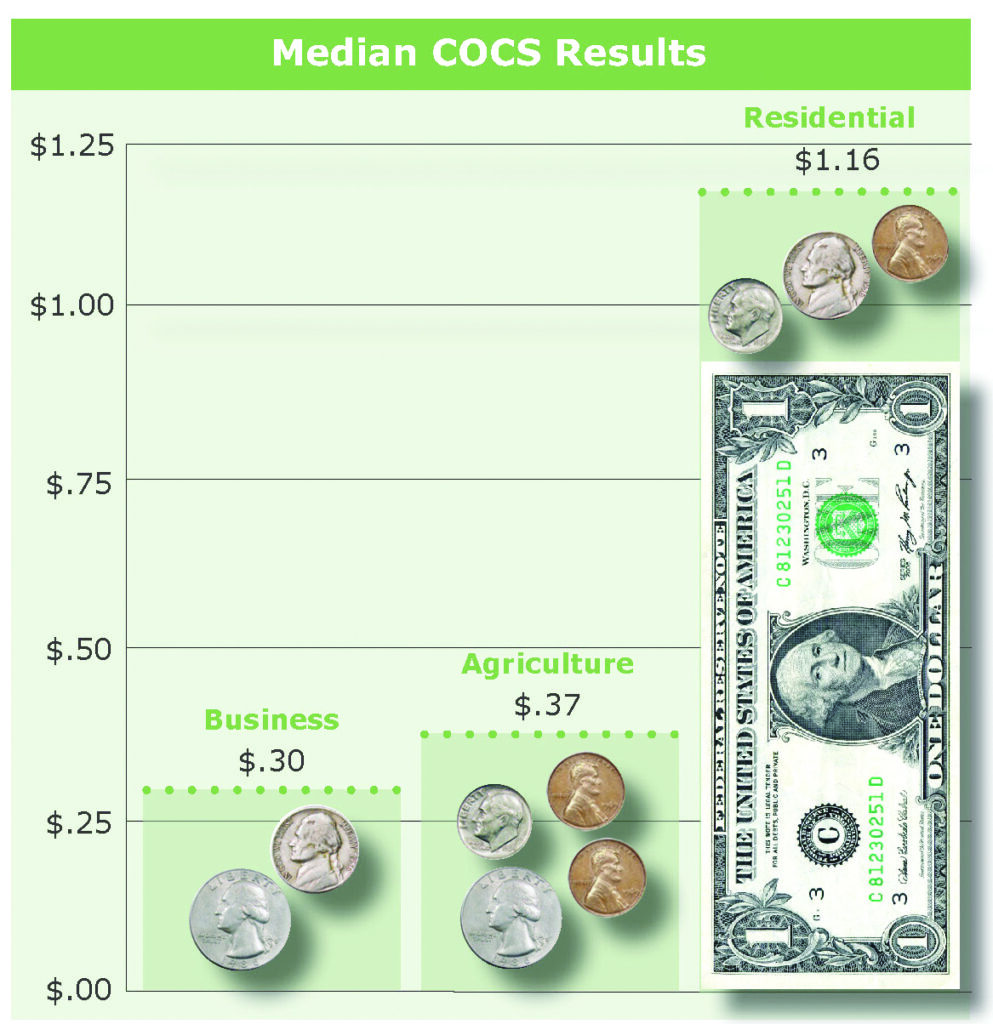Smart growth needed to protect Marion farmland

The month of April has been designated as Farmland Preservation Month by the Marion County Commission.
There are more than 1,200 horse farms in Marion County and the mineral rich soil is the perfect grazing land for horses. As a result, the county has one of the largest horse populations in the United States with over 80,000 horses. That’s one horse for every four people.
With the opening of the World Equestrian Center, the number of horses in Marion County will only continue to grow.
Along with the growth of the horse industry, Marion County was one of only six counties in the nation that had positive job growth during the pandemic. Projects are underway to add five million square feet of industrial and warehouse space over the next few years. And where there are jobs, there must be housing to support the growing workforce.
 The Bureau of Business and Economic Research at the University of Florida reports that Marion County is growing by over 2 percent per year, and added 7,700 residents in 2020. That breaks down to about four households or 21 people each day. With this rate of population growth, over the next 20 years, Marion County’s population is projected to grow by 150,000 residents to about 500,000 people.
The Bureau of Business and Economic Research at the University of Florida reports that Marion County is growing by over 2 percent per year, and added 7,700 residents in 2020. That breaks down to about four households or 21 people each day. With this rate of population growth, over the next 20 years, Marion County’s population is projected to grow by 150,000 residents to about 500,000 people.
Growth is good for a community. The opportunity presented to our county is to grow wisely.
When residential sprawl threatens farmland and open space, we all lose. Higher taxes, lower quality of life and the loss of community character and culture are all at stake.
The key is to determine where, when and how to grow. It’s also important to determine the cost of providing infrastructure, such as roads and schools, for new development. For 30 years, the American Farmland Trust has been researching the cost of providing infrastructure to different land uses with Cost of Community Services (COCS) studies.
The COCS studies show that sprawling urban development costs more to provide services than the property taxes it contributes. While residential development requires expensive public services and infrastructure, privately owned farms do not require significant public infrastructure. The data also consistently shows that industrial land and farmland gives back while residential consumes more than it contributes in taxes.
The median cost to provide services for each dollar of tax revenue raised by use:
• Business – 27 cents
• Agriculture – 36 cents
• Residential – $1.15
To help prevent sprawling development and protect the scenic horse farms, it would be helpful if Marion County conducted a Cost of Community Service (COCS) study to help determine how proposed land-use changes are likely to affect the County’s budget. Good planning means saying ‘no’ when zoning change requests in rural areas require comparatively expensive infrastructure upgrades as compared to more urban locations.
Preserving farms and agricultural lands – through good planning – helps protect our environment, quality of life, and most importantly, our rural economy.
Horse Farms Forever is working with elected officials and staff at the County to encourage good planning as Ocala/Marion County grows. We also monitor for any potential roadway and development threats to the Farmland Preservation Area. We encourage you to join our efforts to protect the character and culture that horses and horse farms bring to Marion County.
Busy Shires is the Director of Conservation Strategies for Horse Farms Forever, Inc.





